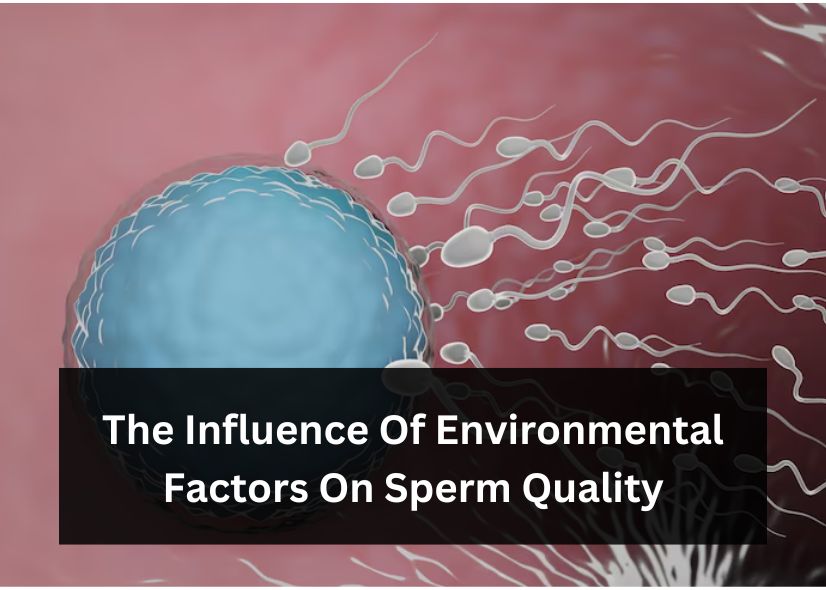The Influence Of Environmental Factors On Sperm Quality
Environmental factors encompass a wide range of elements, including pollutants, lifestyle choices, diet, and exposure to chemicals. These factors can disrupt hormonal balance, damage DNA, and impair sperm production and function. Chemical pollutants such as phthalates, bisphenol A (BPA), heavy metals, and pesticides have been linked to reduced sperm quality and fertility in numerous studies.
Moreover, lifestyle factors like smoking, excessive alcohol consumption, poor diet, stress, and sedentary habits also contribute to diminished sperm quality. These behaviors can increase oxidative stress, inflammation, and disrupt hormonal regulation, all of which adversely affect reproductive health.
The Role of Endocrine Disruptors
Endocrine-disrupting compounds (EDCs) are agents that disturb the body’s hormonal balance. They mimic or block hormones, leading to hormonal imbalances and reproductive dysfunction. Common sources of EDCs include certain plastics, personal care products, pesticides, and industrial chemicals. Exposure to these compounds, especially during critical periods of development, can impair sperm production, motility, and morphology.
Environmental Factors and Epigenetic Modifications
Emerging research suggests that environmental exposures can induce epigenetic changes in sperm. These modifications alter gene expression patterns without changing the underlying DNA sequence, potentially affecting offspring health and development. Understanding how environmental factors influence sperm epigenetics is crucial for comprehending transgenerational health effects.
Protecting Sperm Health in a Modern Environment
Given the pervasive nature of environmental pollutants and lifestyle stressors, safeguarding sperm quality requires a multifaceted approach. Individuals can adopt healthier lifestyle choices, such as maintaining a balanced diet rich in antioxidants, exercising regularly, avoiding smoking and excessive alcohol consumption, and managing stress effectively.
Furthermore, advocating for policies that regulate the use of EDCs and other harmful substances in consumer products and industrial processes is paramount. Supporting research into alternative, eco-friendly materials and technologies can also mitigate environmental harm and protect reproductive health.

